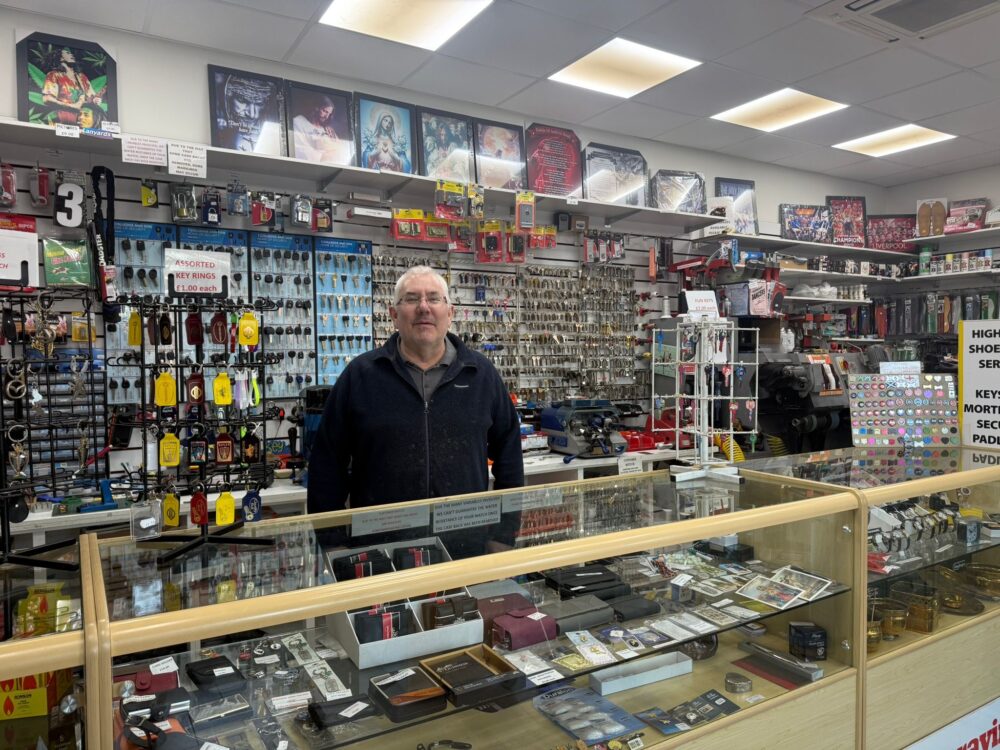
Features
TV dramas and a starring role in the city’s past: the fascinating history of the County Sessions House
3 years ago
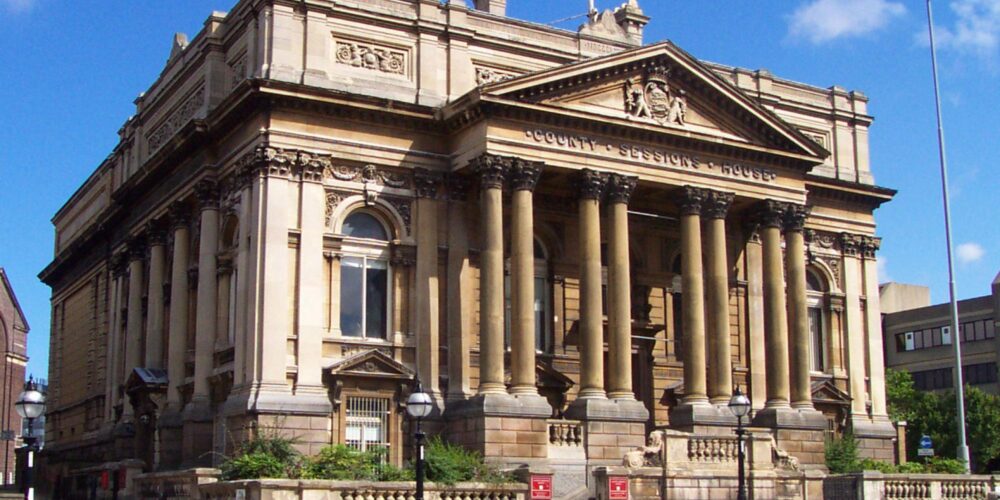
Walking down William Brown Street towards town you can’t fail to notice the impressive line-up of buildings on your right, but while most of them you’ll know quite well – World Museum and the Walker Art Gallery to name just two – there’s one that’s less familiar.
The County Sessions House is the first one you’ll come to: “And it’s such beautiful building,” says Jessie Petheram, Tomlinson assistant curator of fine art for National Museums Liverpool.
It’s currently used for NML staff offices and collections storage – and as a film location.
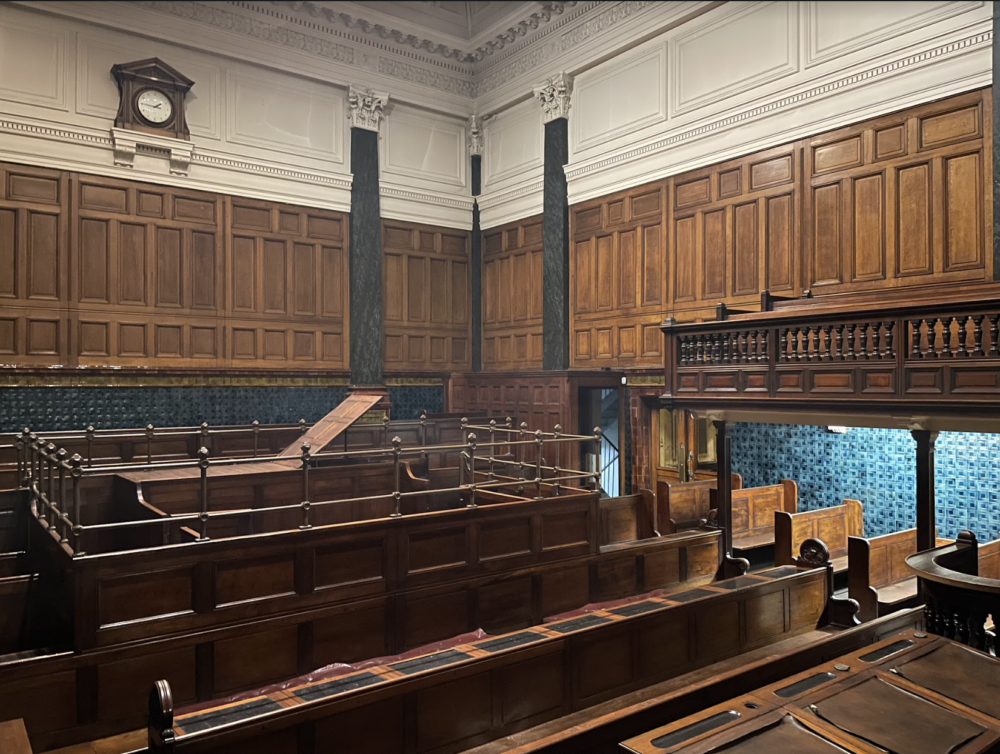
The County Sessions House featured in the Netflix drama series The Irregulars, starring Henry Lloyd-Jones as Sherlock Holmes; Official Secrets, the big screen thriller with Keira Knightley as British Intelligence whistleblower Katharine Gun, and the BBC1 series The Witness for the Prosecution starring Kim Cattrall.
It’s ornate period features and courtrooms make it a prime find for movie makers: “It still has that late 19th century detail, it hasn’t been changed a lot, so it adds that authenticity,” says Jessie.
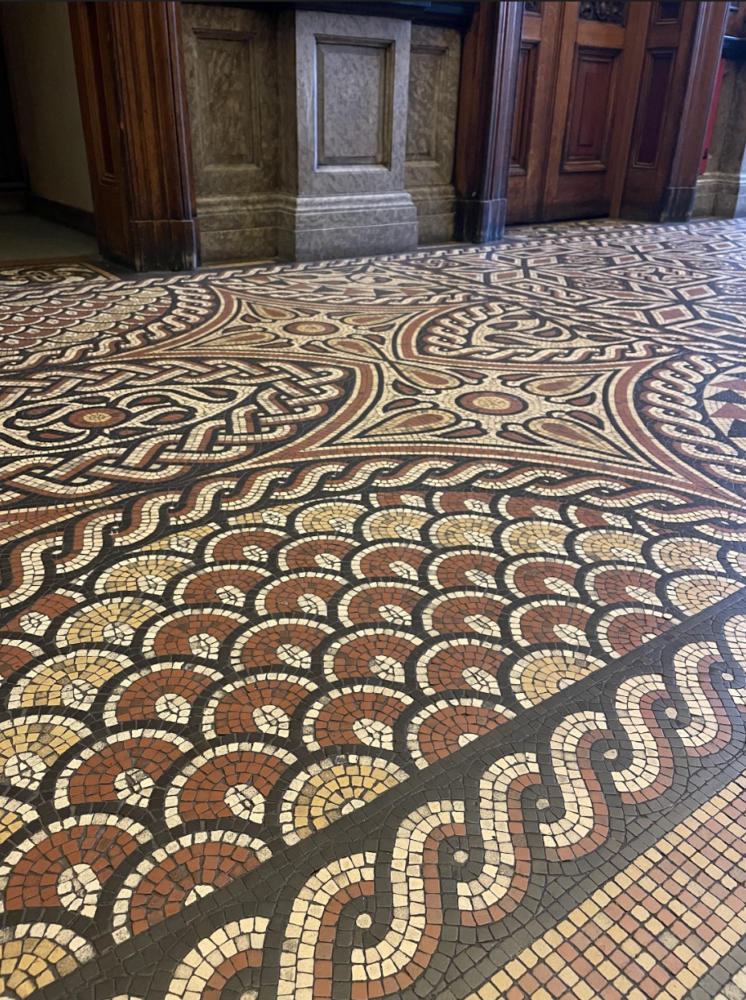
The big courtroom is one of the key areas in the building along with the magistrates’ office: “The magistrates’ office has an amazing Stucco white ceiling, it has wooden panelling, and it’s very impressive,” adds Jessie.
“The entrance hall is beautiful with mosaics on the floor that are a replica of a Roman mosaic from a villa at Medbourne in Leicestershire. (It also includes the red Lancashire rose, which I assume was a design addition, NOT from the Roman villa!).
“There’s lovely iron work up the stairs, and it’s a building to be treasured in the city because of all those little details…
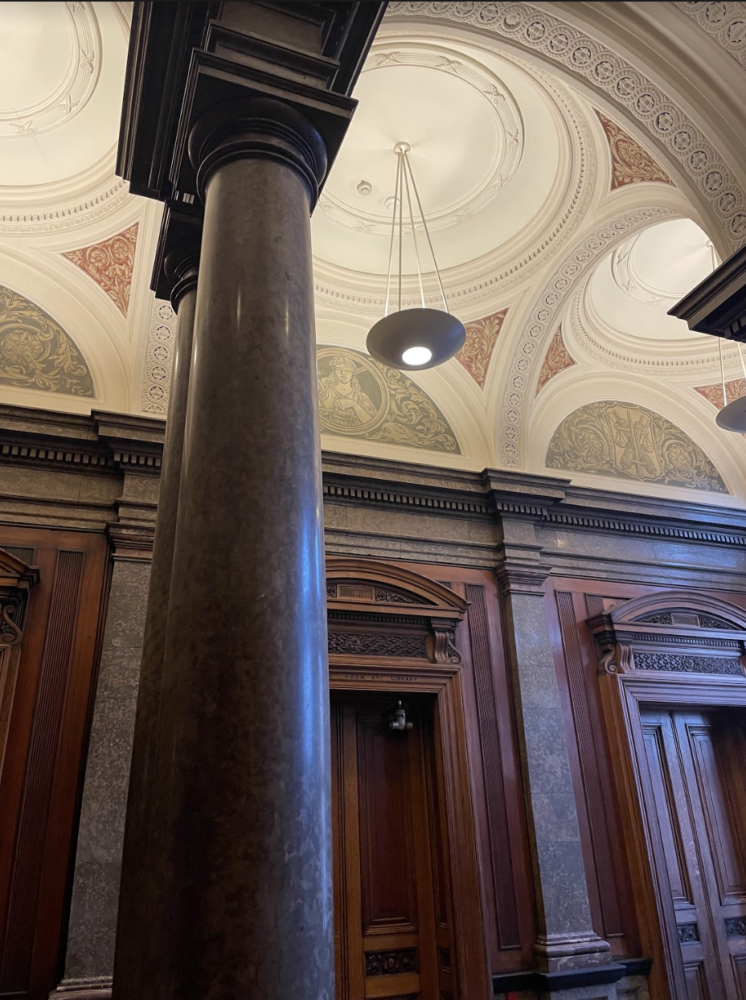
“There are still cells in the basement too, which are not quite as beautiful. But there’s an awful lot to be admired and valued. It’s one of the things I love about Liverpool – there’s so much to look at from the outside, so many innovative buildings, it’s architecturally special.”
And while a complex layout and access issues mean it’s not possible to open the County Sessions House to the public just now, that might not always be the case: “There’s a dream that we might be able to open it in the future,” says Jessie, “it would be wonderful if people could see inside.”
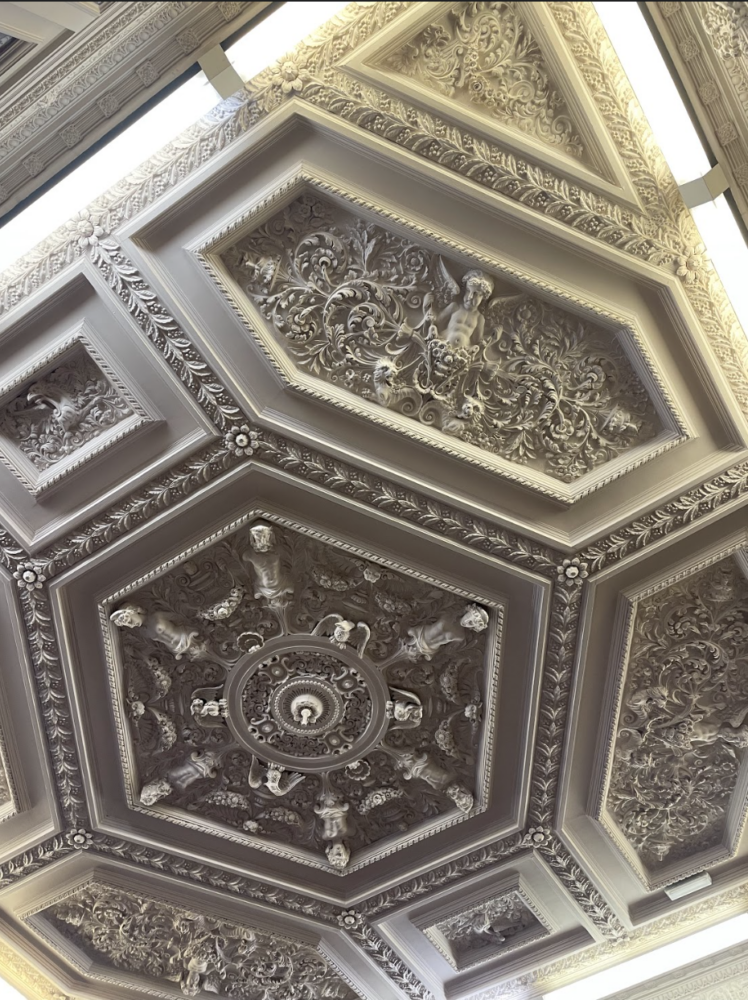
And here’s the incredible history of the building
The County Sessions House was built between 1882 and 1884 to house the Quarter Sessions for the West Derby Hundred of the county of Lancaster (one of the six subdivisions of the historic county). Quarter Sessions were courts in which cases involving non-capital offences were tried by magistrates.
Until 1877, they were held in Liverpool at the court in Basnett Street and at the Kirkdale Sessions House attached to Kirkdale gaol. When the Prison Act of 1877 transferred prisons like Kirkdale from local authority control to the state, a new home had to be found for the Sessions.
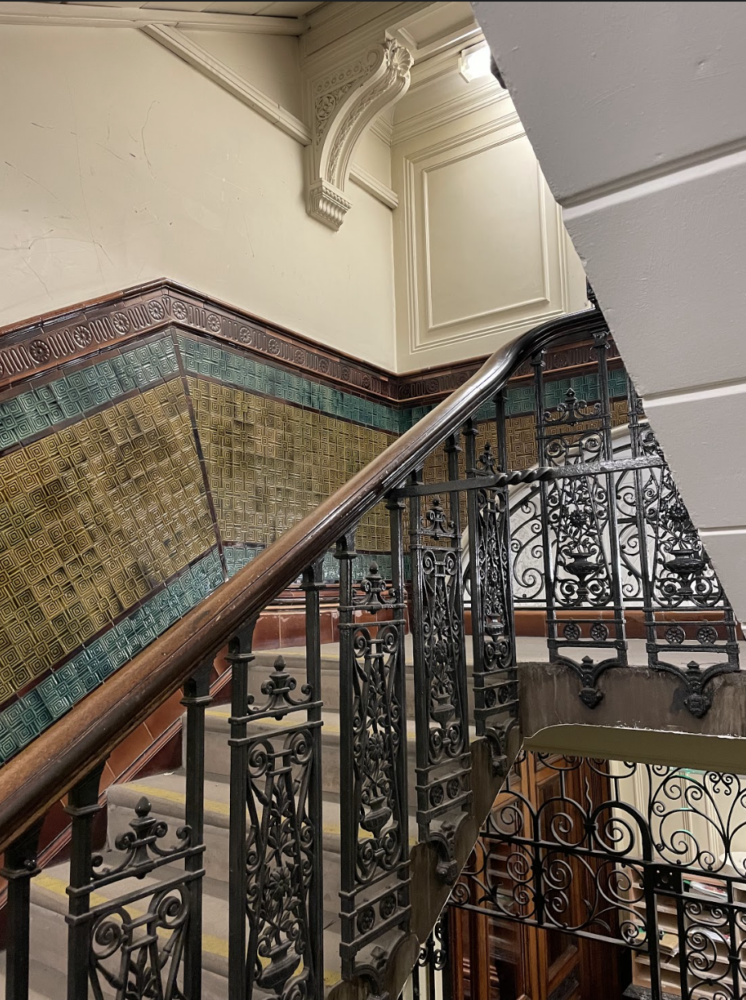
They were housed temporarily in St George’s Hall until the new Sessions House opened, and magistrates held their first meeting here on August 4, 1884.
The architects were Francis and George Holme, members of a Liverpool family of builders and railway contractors. (Francis Usher Holme trained as an architect in Edinburgh and London, and worked in the office of Sir Charles Barry, designer of the Houses of Parliament, before returning to the city).
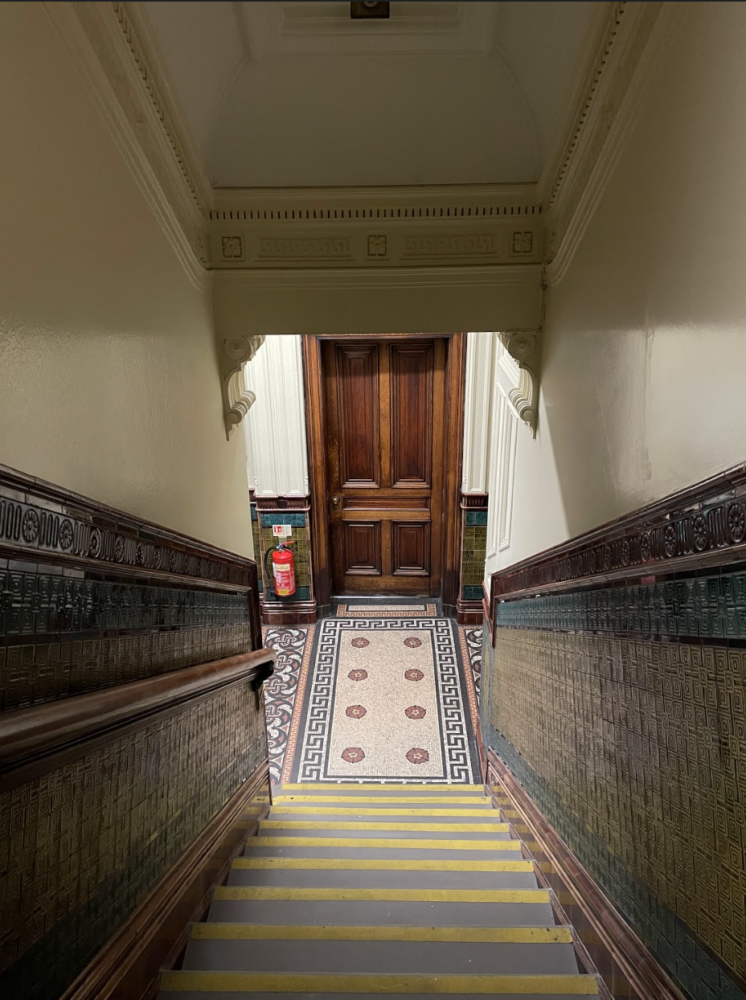
The County Sessions House continues the row of public buildings which line the north side of William Brown Street, dedicated to culture and civic values. The first of the William Brown Street group to be built was the Museum and Library, followed by the Walker Art Gallery, and the Picton Reading Room).
In contrast to the more severe architecture of these earlier buildings, the exterior of the Sessions House is more decorative, with carving by architectural sculptors Norbury, Upton and Patterson of Liverpool, and stonework of varied colours, modelled on the buildings of 16th century Italy and France.
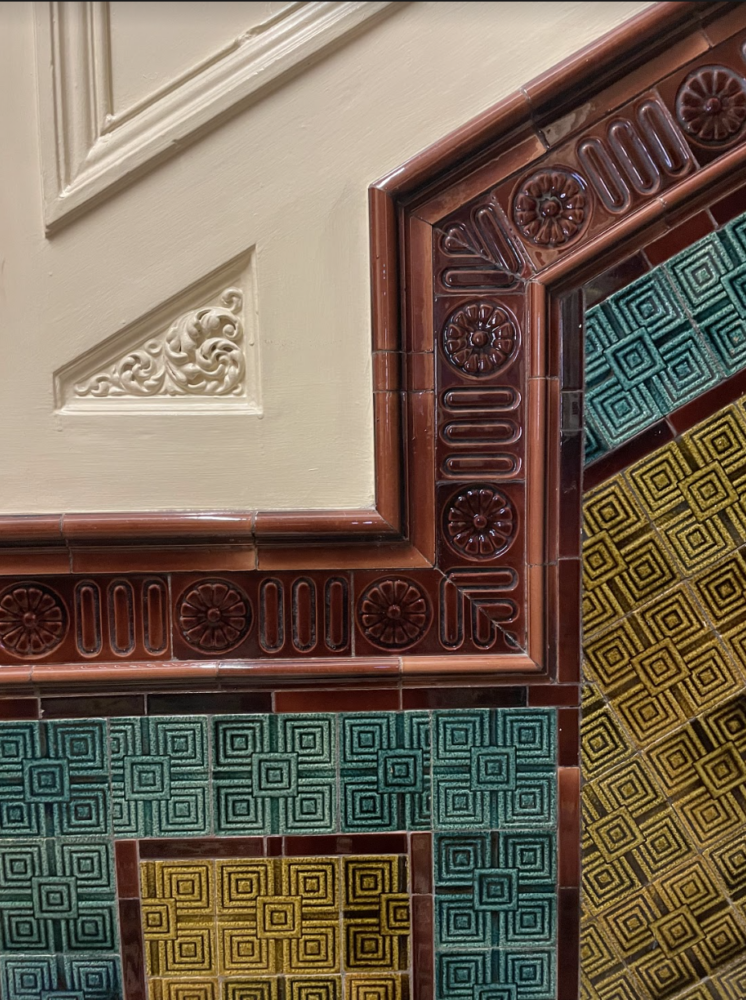
Compared with the regular facade, the internal planning is especially complex and irregular, dictated by the building’s original function: magistrates and barristers came in by the front door, solicitors and witnesses entered through a side door in Mill Lane, prisoners were delivered to the cells through a gate on the east side, and members of the public who came to watch the proceedings had their own entrance at the back.
Once inside, the arrangement of stairs and corridors was ingeniously designed to ensure none of these had to meet until they confronted each other in one of the courtrooms.
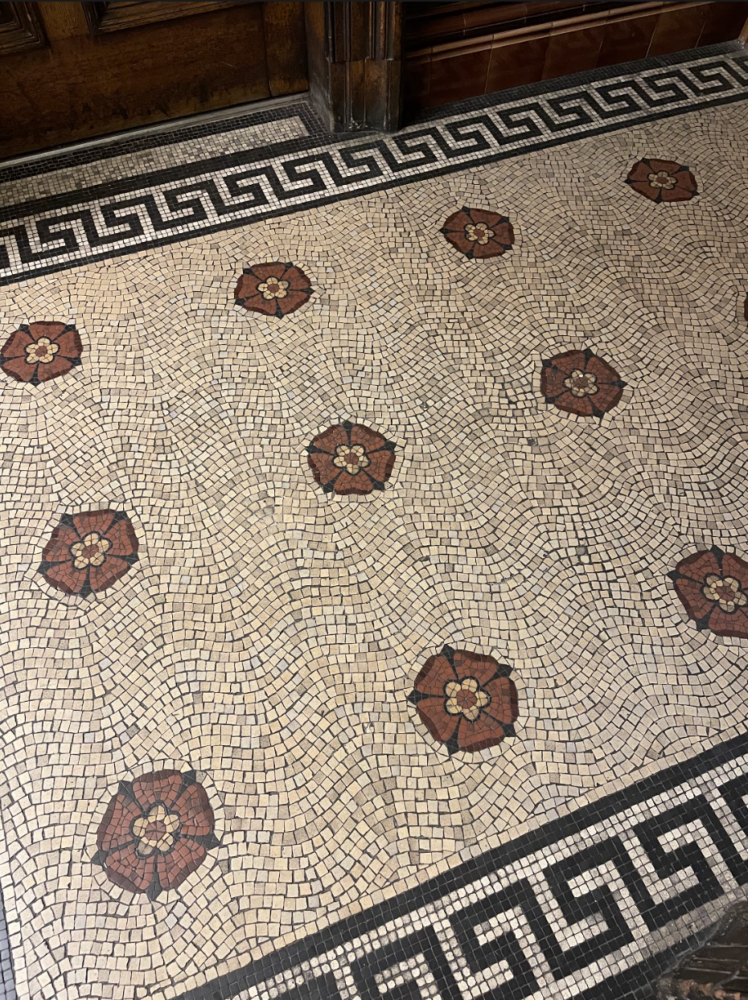
The basement of the County Sessions House is entirely occupied by cells; the ground floor – the most altered part of the building – originally had further cells, accommodation for solicitors and witnesses, and a summary court (now a lecture theatre); the first floor contains two court rooms and accommodation for magistrates, barristers and jurors, and the top floor has a room for the Grand Jury, a dining room and a caretaker’s flat.
The Courts Act of 1971 abolished Quarter Sessions. After ending its role as a courthouse, the County Sessions House was used as the Merseyside Museum of Labour History. Since 1984 the building has been in the care of National Museums Liverpool and currently houses the fine art curatorial and learning departments, print room and the Rex Makin Lecture Theatre, all part of NML’s Art Galleries Division.




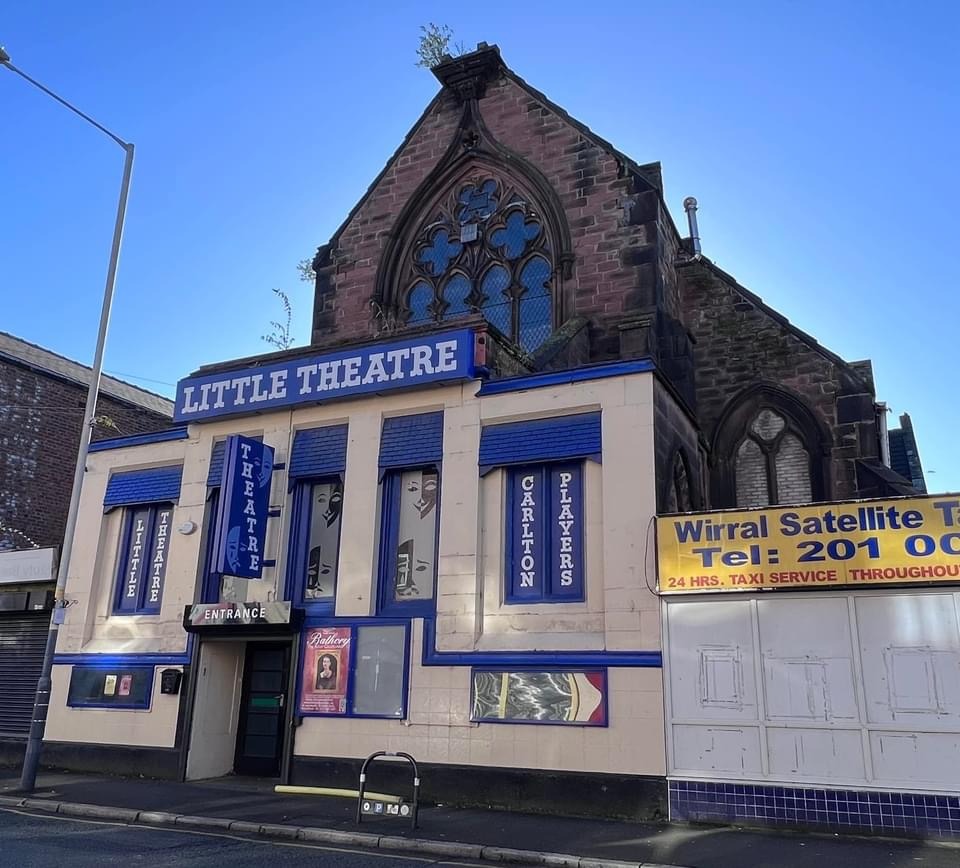

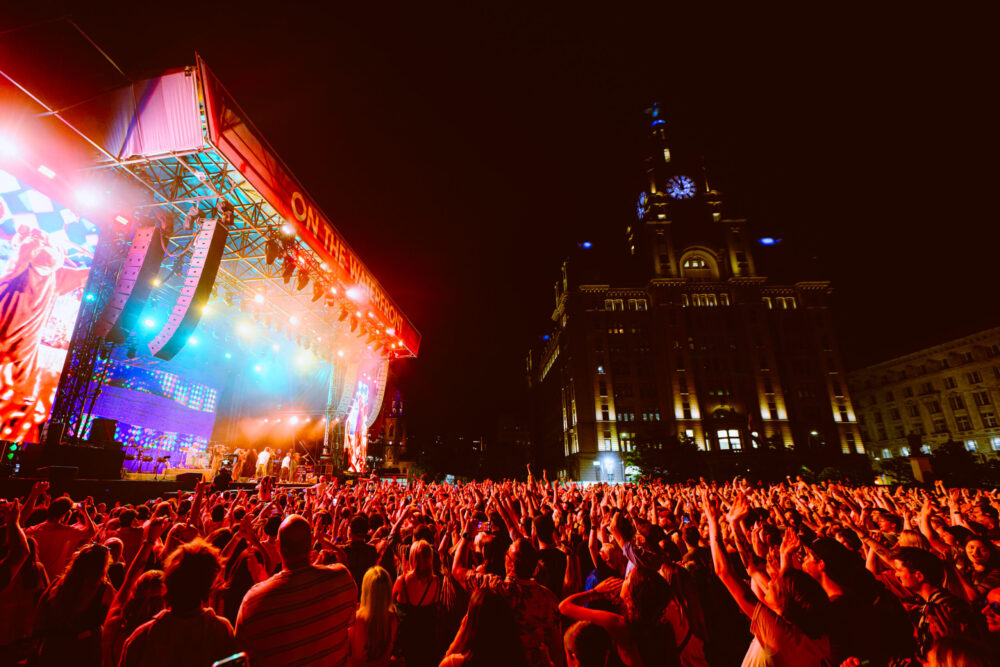


 Subscribe
Subscribe Follow Us
Follow Us Follow Us
Follow Us Follow Us
Follow Us Follow Us
Follow Us Follow Us
Follow Us











